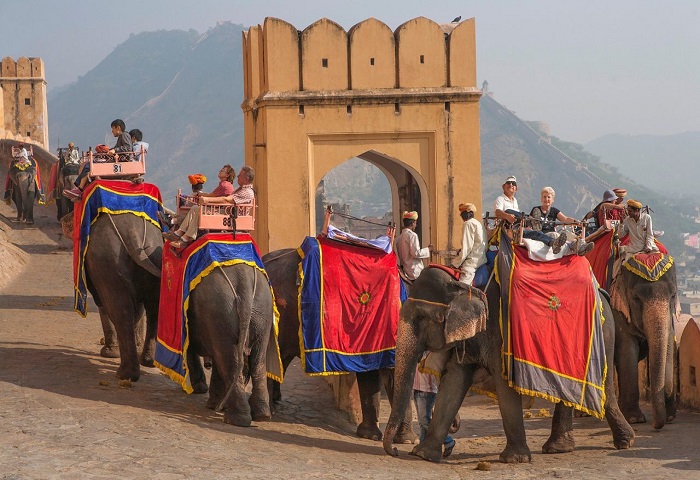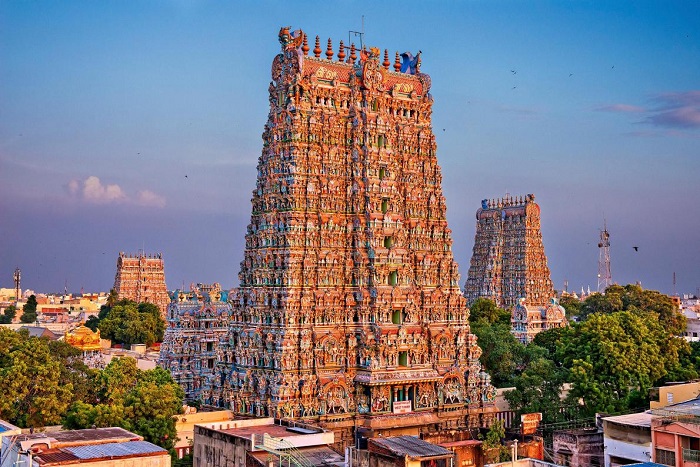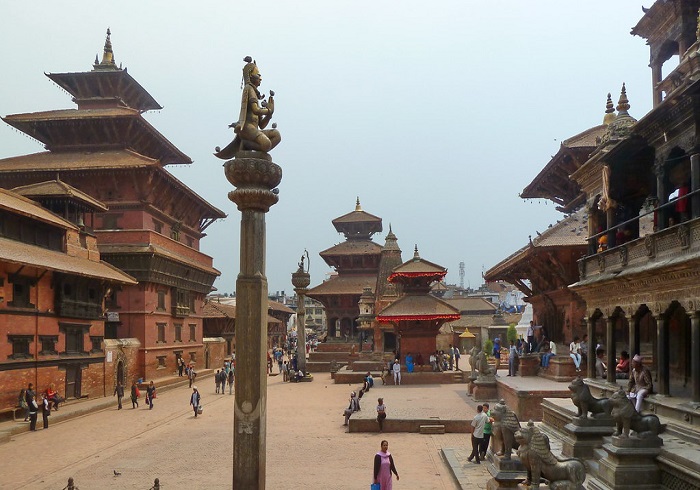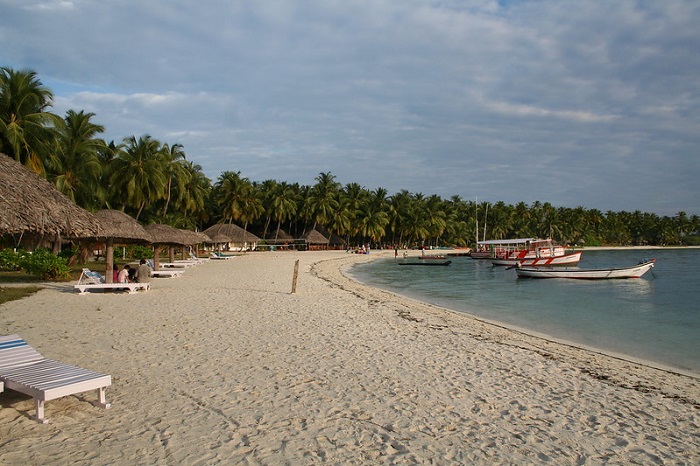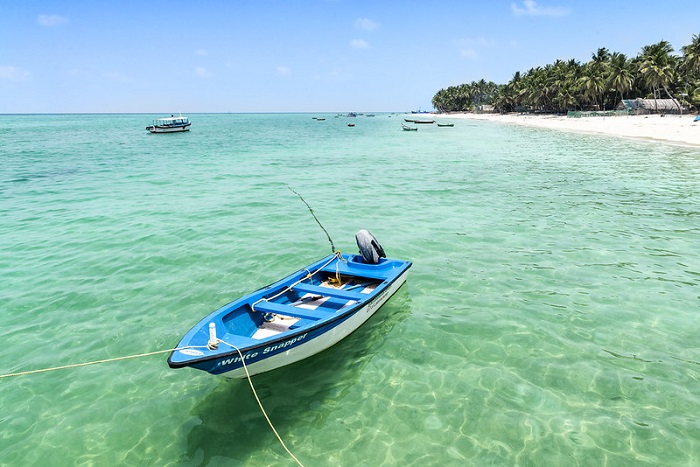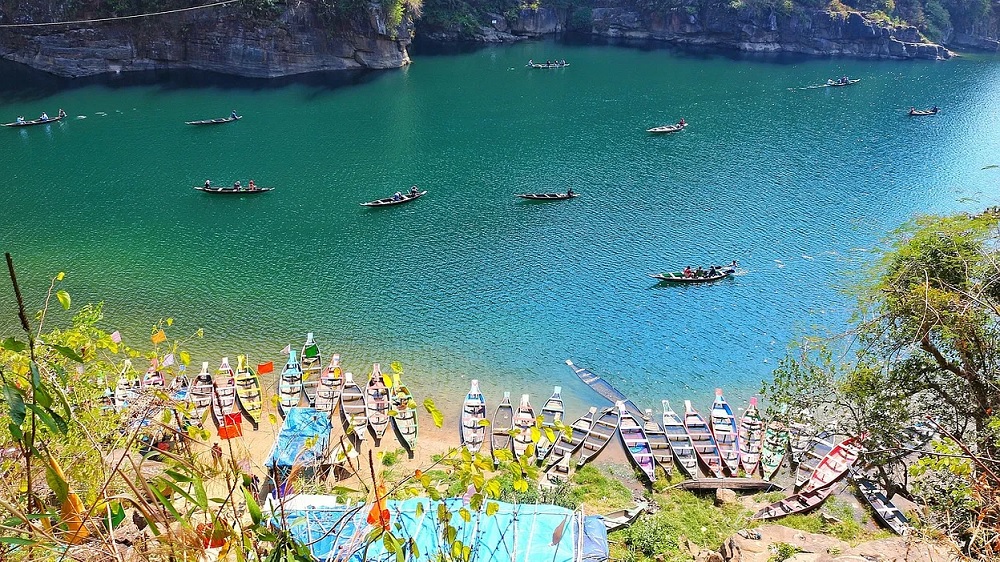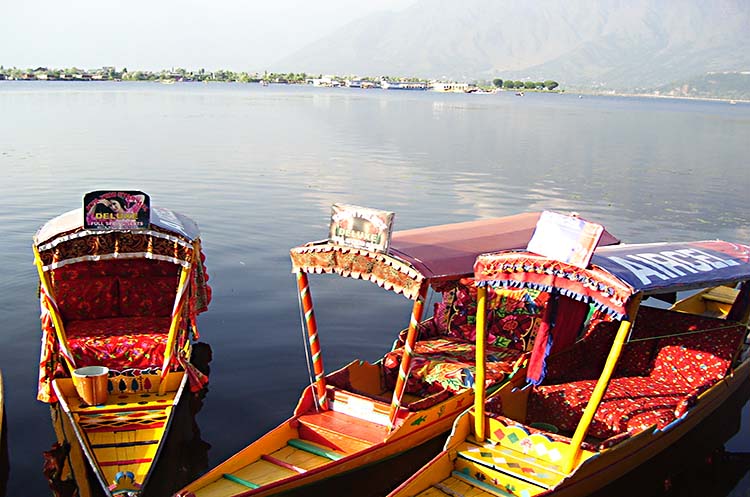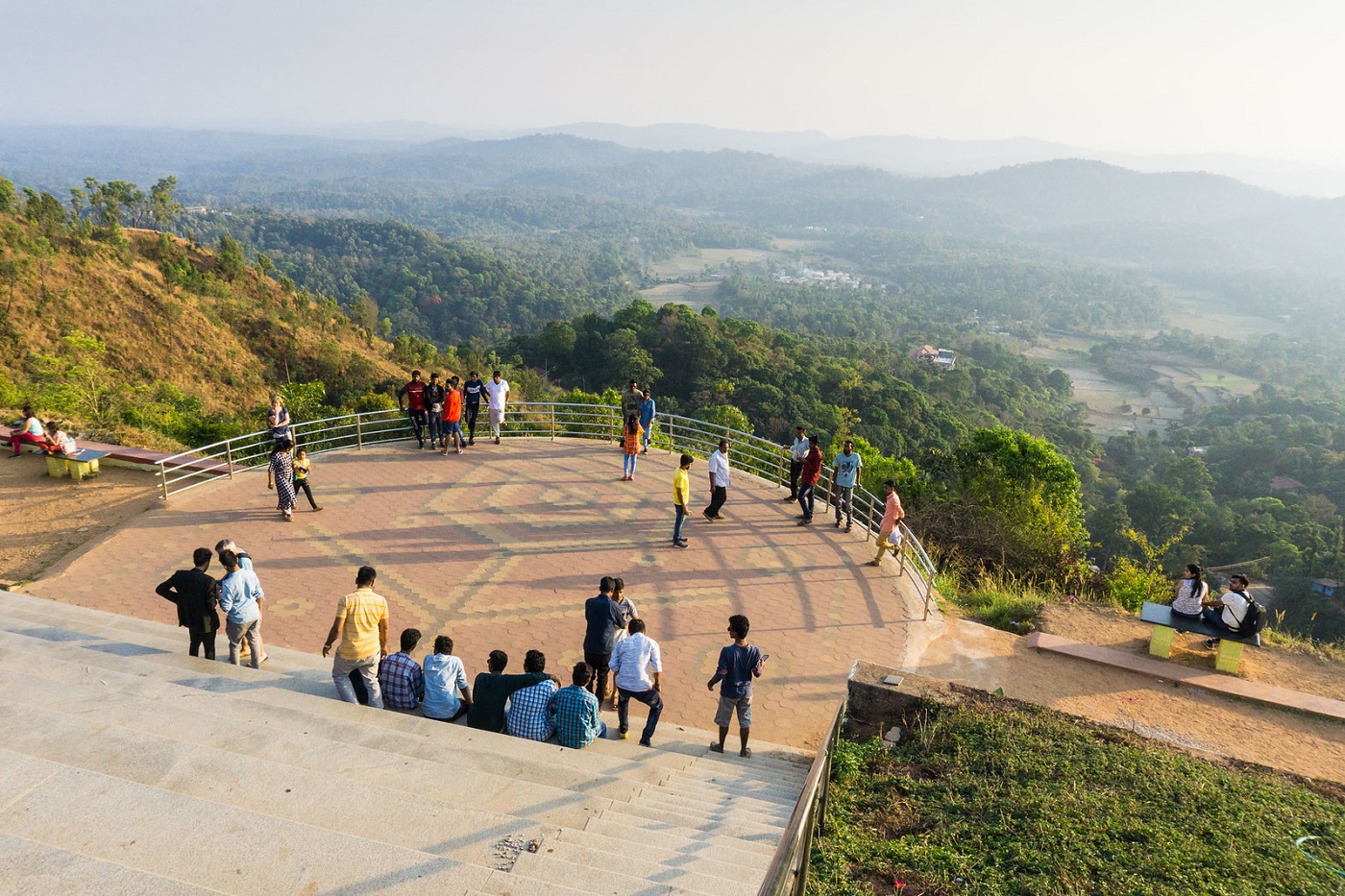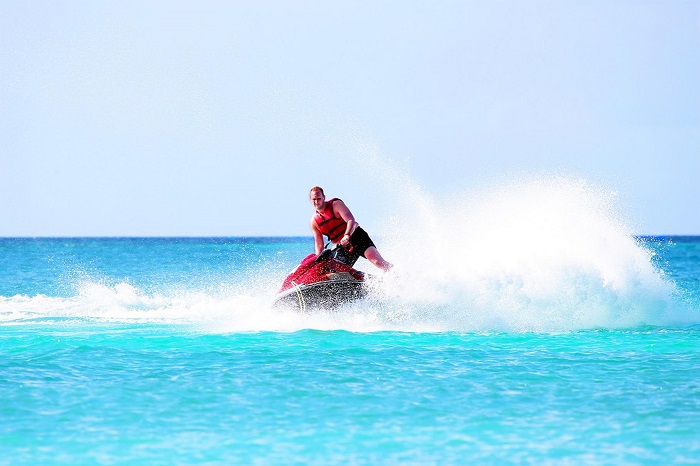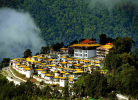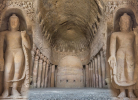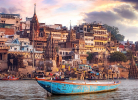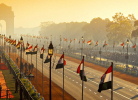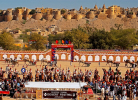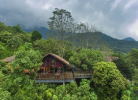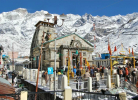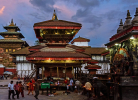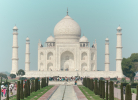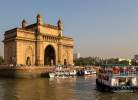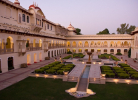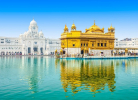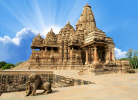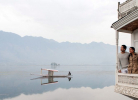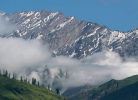Kedarnath – An Unsung Mystery Pilgrimage
The legendry temple of Kedarnath is famous among pilgrims as it is a part of the Char Dham circuit. This divine destination is famous for the Jyotirlinga Shiva temple – the Kedarnath Temple. The current structure of the temple was built in 8th century by a renowned Hindu saint and philosopher, Adi Shankaracharya.
However, the original temple was said to be built during the Mahabharata era by the Pandava brothers.
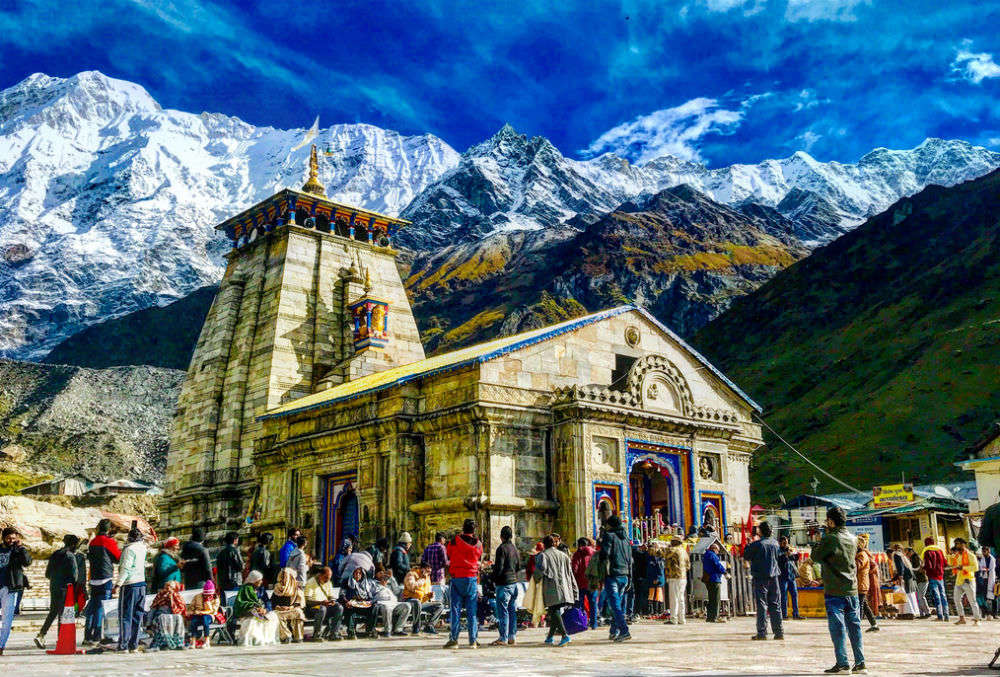
The Interesting History of Kedarnath
Kedarnath Temple was once called the Kedar Khand. According to Vayu Purana, Lord Vishnu took the form of Narayan and reached Badrinath. Badrinath was where Lord Shiva was residing. Upon request of Lord Vishnu, Lord Shiva moved from Badrinath and reached Kedarnath.
Today, there is a Vishnu Temple in Badrinath. The main Prashad (offering) to Shiva is butter and ghee. Devotees offer butter, ghee and water from Gangotri. Some also offer a silver-coated bilvapatra.
Also Read : What is Char Dham Yatra?
Mystic Beauties of this Pilgrimage Destination
1. Kedarnath Temple
This Shiva temple is the emblematic structure of Kedarnath. The structure is made with stones and iron clamps. The temple is dedicated to Lord Shiva. You can find other deities like Lord Krishna, Goddess Parvati, Pandavas, and others. Right outside the temple, you will find Nandi, the Vahan of Lord Shiva. The main deity is a uniquely triangle in shape.

Apart from the religious beauty, the place has a mystic natural beauty with snow mountains around it and a fresh Himalayan breeze. If you wish to stay for the night, you can find simple lodges around the region.
2. Adi Shankaracharya Samadhi Mandir
Right next to the temple, you will find a small shrine for Adi Shankaracharya. It is believed that this is the place where the saint attained salvation. The main deity in this shrine is said to have the power of removing negative energy from the soul. Thus, those who are looking for relief from chronic diseases visit this shrine.
3. Bhairav Temple
This shrine is considered as the protective deity of Kedarnath. The Bhairav is the ferocious form of Lord Shiva.
Located south to the Kedarnath Temple, this shrine is famous for spiritual reasons and the clear Himalayan view of mountains and the Kedar Valley. This temple is located on top of a hill.
If you wish to enjoy the pristine panoramic beauty and the power of Bhairav, you ought to trek up for one kilometer.
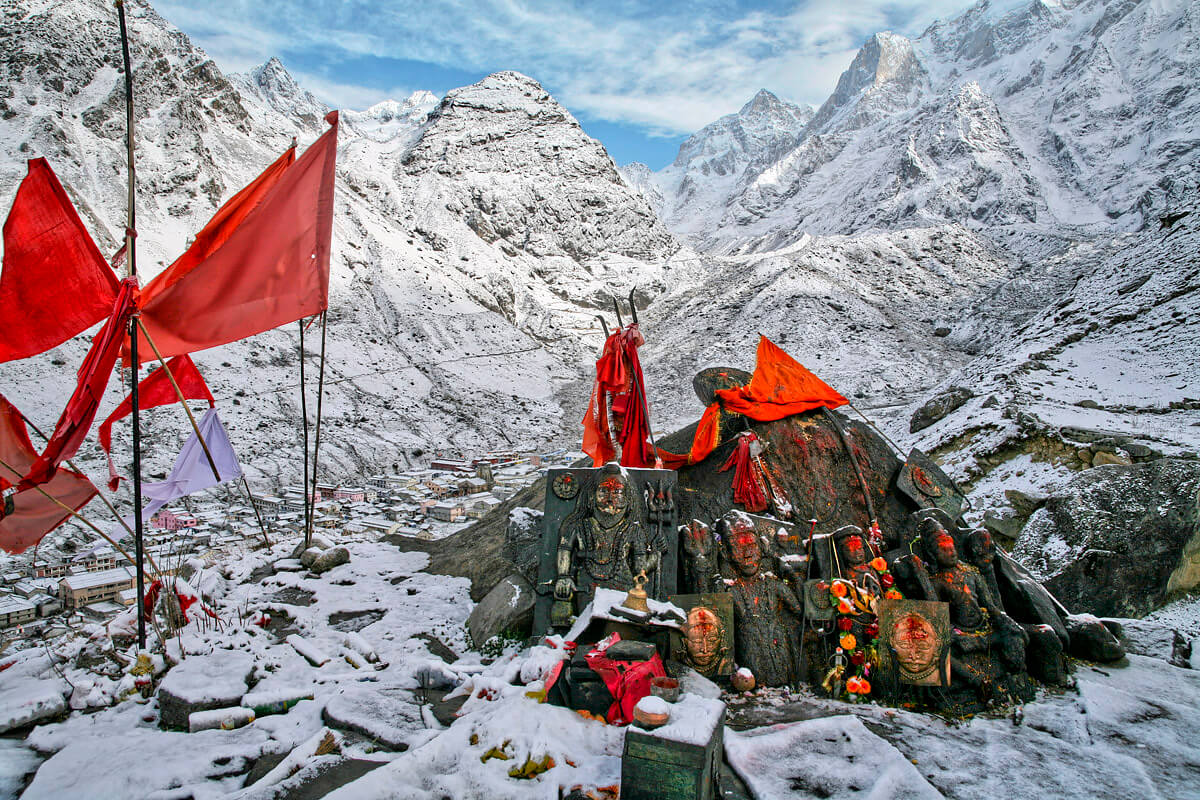
4. Chorabari Tal
Chorabari Tal or Gandhi Sarovar is a small lake, which is fed by Chorabari Bamak glacier. People relax closer to this lake and enjoy the views of Himalayas. If you plan to visit this lake, make sure to start your vacation as early as possible.
5. Rudra Meditation Cave
This cave is located closer to the temple and gives a panoramic view of Kedarnath temple, and the Bhairav Shrine. This is the spot where people visit to meditate in absolute peace.
6. Sonprayag
This is the place where Mandakini River and Vasuki River meet. This is an important spiritual destination on the way to Kedarnath Temple. To visit this spot and the waterfalls, you need to register with biometric scanning. From here, you can find some of the beautiful Himalayan views.
7. Vasuki Tal Lake
This is a legendary lake famous for being the spot where Lord Vishnu took bath on earth. From this lake, you can spot the peak of Chaukhamba. If you visit during the summer, you can spot Brahmakamal flowers. This flower is found only in this region and is quite famous among nature lovers and photographers. This lake is a part of the Kedarnath wildlife sanctuary, which is lush with interesting flora and fauna of the Himalayan kingdom.
Those who love an adventure time would trek through this forest from Gauri Kund to reach Kedarnath Temple. This is also the route of Chardham yatra.
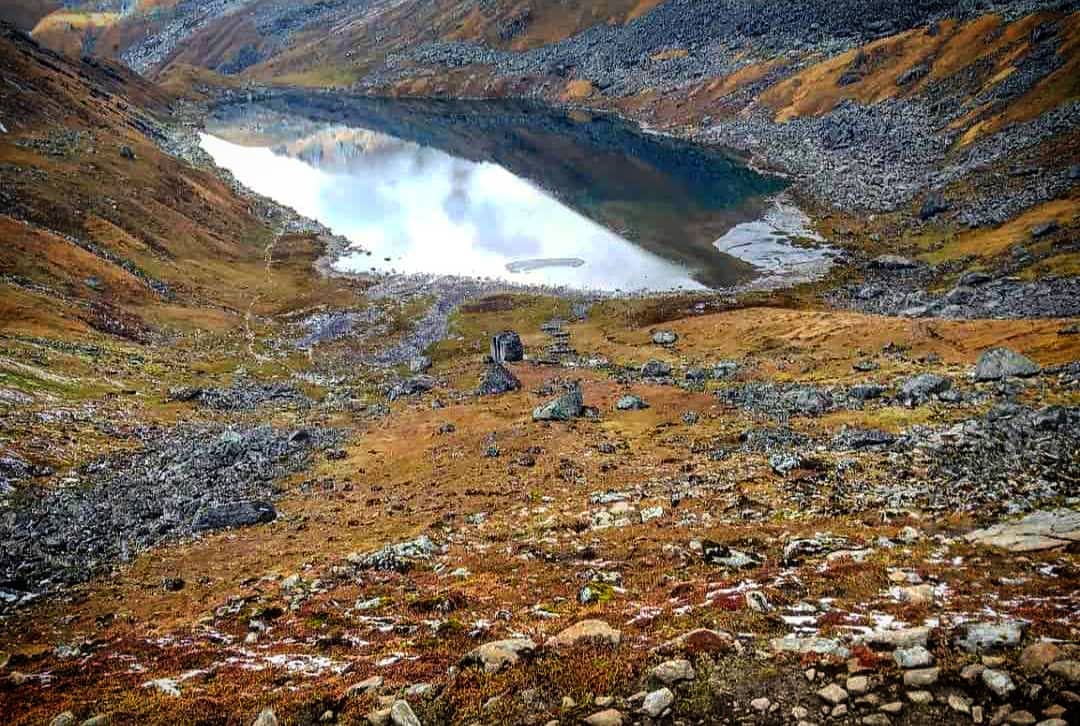
Suggested Tour: 12 Days - Chardham Tour Package
8. Triyuginarayan Temple
Just 27 km away from Kedarnath Temple, the Triyuginarayan temple stands. This is the legendary temple where Lord Shiva wed Lord Parvati. It is said that the temple has a divine fire, which was lit during the wedding ceremony, eons ago. The ashes from this divine fire are said to give marital bliss. The three water bodies surrounding this temple are said to have originated from the navel of Lord Vishnu.
9. Gaurikund Temple
Gauri is another name for Lord Parvati. This temple is the spot where Lord Parvati took penance for pleasing her consort, Shiva. The temple has hot springs closer to it and they are said to have healing powers.
How to reach Kedarnath?
The nearest airport is the Jolly Grand airport, which is 238 km away. You can find frequent flights from Mumbai, Delhi, Bangalore, Trivandrum, and Lucknow to Jolly Grand. From the airport, you can find buses and cabs to reach Gaurikund.
From Gaurikund, Kedarnath is reachable via 14 km of trekking. There are no road routes to reach Kedarnath from Gaurikund. You can opt for pony rides if desired.
The nearest railway station is in Rishikesh, which is 216 km away. From the railway station, you can find buses or cabs to Gaurikund. You can also find direct buses from Dehradun, Delhi, Haridwar, Pauri, Srinagar, and other major surrounding destinations to Gaurikund.
All the above mentioned transportation halts at Gaurikund. Alternatively, you can choose to hire chopper services to take you closer to the Kedarnath Temple. Chopper services for the temple start from Dehradun and end at Kedarnath Helipad, which is just 700m away from the temple. You can also find chopper services from Delhi, Sitapur, Phata, Guptkashi, and others to Kedarnath.
Best Time to Visit
Given the altitude of the region, the place is not for winter vacation. May to June is the best time to visit this region. During this season, the route will be easier to cover and the temperature will be mildly cold. This is also the right time to enjoy exotic floral beauty along the trekking route.
Alternatively, you can choose to travel during September and October, provided the monsoon season has ended. The place will be mildly pleasing and easier to cover. May to June is the summer season and September to October is the autumn season.
The rainy season starts in July and ends before September. This is a beautiful time to visit as the waterfalls and springs will be lush and nature will be fresh to enjoy. However, the trekking would be difficult and chopper services might not be available during heavy rainfall. Landslips are also common during the rainy season.
Winter is the worst time to visit as the temperature would easily go below zero degrees. The Kedarnath Temple and the other shrines near it will also be closed during the winter season. Winter starts in November and ends by April. Snow would pile up on the ground and cover everything up. It is one of the dangerous times to visit Kedarnath.


